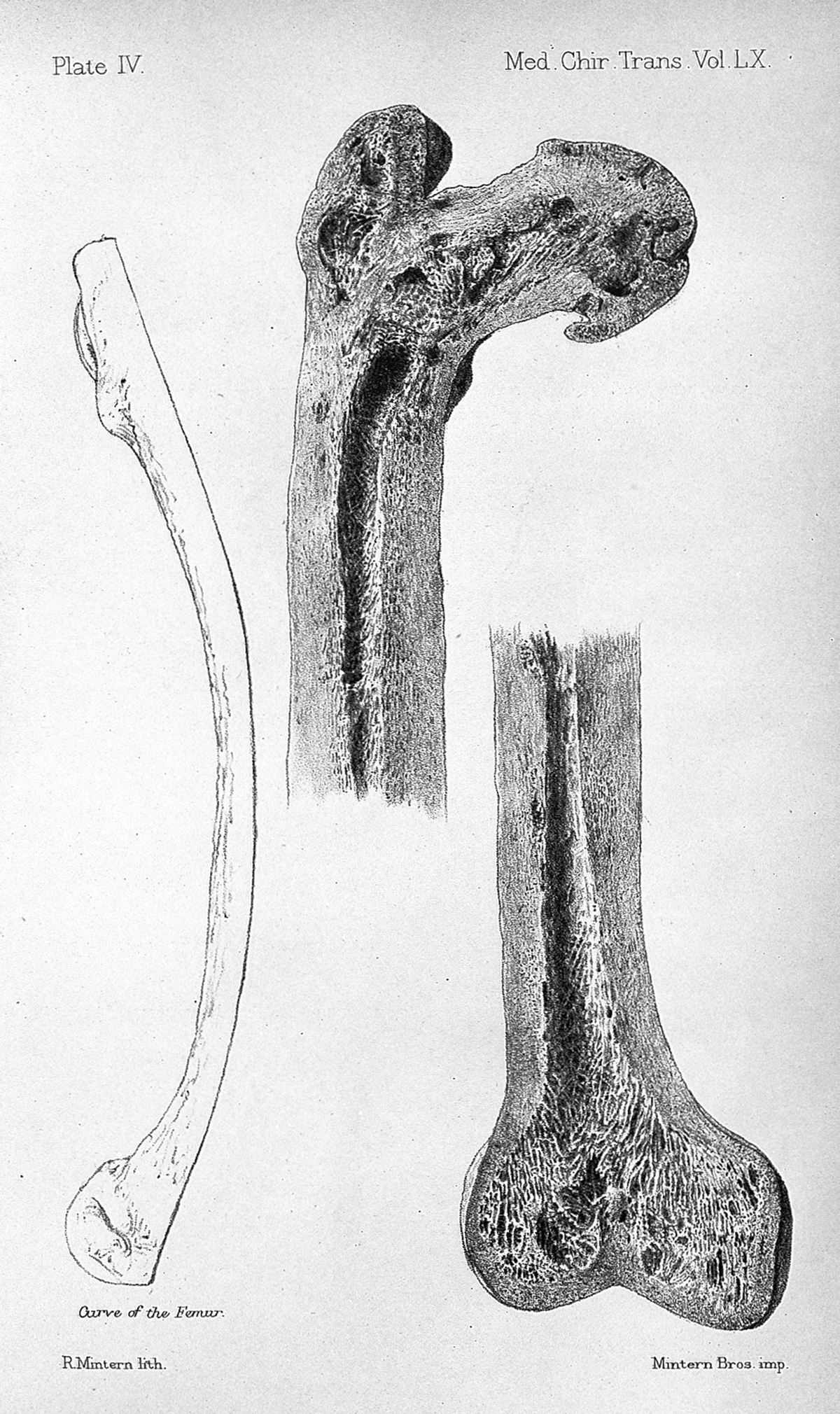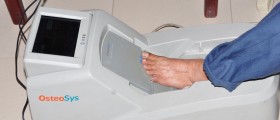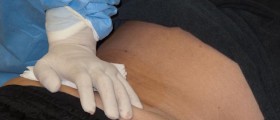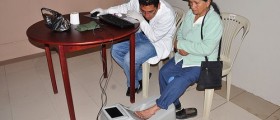
Paget's disease is a term used for several illnesses, one of them being a chronic condition affecting bones. The exact cause of Paget's disease has not been identified yet although scientists believe that some individuals possess a genetic tendency to develop the condition. Viral infection may be a potential trigger in these people.
Bone Remodeling Disturbed by Paget's Disease
The main characteristic of Paget's disease is abnormal bone remodeling process. Under normal circumstances our body controls the process of removal of old bone cells and their replacement with new cells. If the process of remodeling is under control, the amount of calcium in the blood remains optimal and there are no additional imbalances or health issues.
However, in patients suffering from Paget's disease, the process of bone remodeling is imperfect i.e. bone resorption and bone building are not properly synchronized. This eventually leads to abnormal remodeling, where the affected bone becomes deformed, enlarged, fragile and prone to fractures.
As for symptoms of Paget's disease, the condition in the majority of cases remains asymptomatic. It is commonly diagnosed accidentally, once the patient undergoes X-ray tests for other purposes. If the condition is symptomatic, it typically triggers bone pain and visible bone deformity in severe cases. Paget's disease may also cause arthritis of the nearby joints. Many times patients additionally develop problems with other organs apart from bones.
Paget's disease usually affects the spinal column, long bones such as the femur, humerus and collar bone, the pelvis and the skull.
The condition is easily diagnosed with the assistance of an X-ray. CT scan, MRI are also helpful when confirming the diagnosis. Such patients typically have higher levels of an enzyme called alkaline phosphatase due to the abnormal process of bone remodeling. This enzyme is taken as an indicator of the efficacy of treatment.
Treatment for Paget's disease comprises painkillers, anti-inflammatory drugs (NSAIDS) as well as specialized footwear. Bone mineralization can be boosted with bisphosphonates or calcitonin. Surgical corrections are reserved only for severe deformities, fractures, nerve compression or irreversible damage to joints.Possible Complications of Paget's Disease
Apart from affecting bones, Paget's disease is a cause of many additional health issues and associated conditions.
First of all, severely damaged bones become deformed. This affects the overall appearance of the extremities or other body parts. Deformities may interfere with walking, maintaining balance, using hands for different purposes etc.
Additionally, Paget's disease is commonly associated with osteoarthritis. The knee and the hip joints are frequently affected. The process of damage in this case initially affects the cartilage of the particular joint. The wear of the cartilage allows the underlying bone to thicken and grow abnormally creating so called osteophytes. These bony growths affect movement of the joint and trigger inflammation.
Bones of such patients are relatively fragile and prone to fractures. Even the minimal trauma may sometimes cause serious fractures. What is more, the condition may be a trigger of bone cancer which also, once it grows sufficiently, may induce fractures.
Nerve compression is another common complication connected with Paget's disease. In many cases certain nerves in the head or the neck are compressed. As a result, patients may experience hearing problems or tinnitus. There is a variety of symptoms such patients may complain about depending on which of the cranial nerves has been compressed. Compression of spinal nerves is associated with different set of symptoms as well.
Finally, there are several more health problems patients suffering from Paget's disease may have to deal with. For instance, hypercalcemia (increased level of calcium in blood) is a cause of tiredness, constipation and weight loss and may easily trigger formation of kidney stones or even arrhythmia. Hydrocephalus occurs if excess of bone tissue does not allow proper drainage of cerebrospinal fluid. And in really rare cases Paget's disease is blamed for heart failure, paralysis of the lower extremities and gout.
Relevant Data
The very name of this medical condition is closely connected with the English surgeon Sir James Paget. He was the first doctor who described Paget's disease in details in 1877.
According to available data Paget's disease affects 1% of all adult individuals in the United States. Besides typical form of the disease that affect adults, there is one more form of Paget's disease known as osteitis deformans (juvenile Paget's disease). Juvenile Paget's disease is extremely rare with approximately 50 individuals confirmed with the condition. It develops as a consequence of mutations affecting the specific gene.
As far as prognosis of the Paget's disease is concerned, it is fairly good when treatment starts on time. This way further damage to the affected bones and associated complications are successfully avoided. There is no definitive cure but with suitable medications patients may live normal lives. Regular check-ups are a must and are performed according to doctor's orders.
All in all, this is not a lethal condition although it lasts for a lifetime sometimes causing disability of different extent.

















Your thoughts on this
Loading...